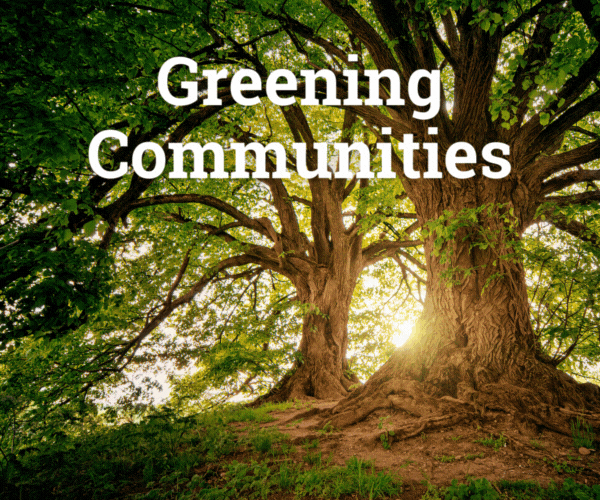Cities and urban areas are addressing stormwater and climate challenges by building green infrastructure. This approach mimics the natural water cycle using plants, soil, and permeable materials to absorb water and remove pollutants before it reaches bodies of water. Beyond water management, green infrastructure provides multiple benefits, including reducing flooding, improving air quality, cooling neighborhoods, and adding green space.
Best practices include
- Rain barrels for collecting roof runoff.
- Green roofs like Fenway Farms that grow food while managing rain.
- Bioswales in parking lots that filter stormwater.
- Trees and plants that provide shade and reduce heat.
- Permeable paving that allows water to soak into the ground.
Atlanta’s stormwater success
Related Stuff:
- Los Angeles ranks 90/100 by ParkScore | Greening Communities: LA Park Profiles
- Atlanta ranks 21/100 by ParkScore | Atlanta has 518 parks
- Boston ranks 12/100 by ParkScore | 100% of Boston residents live within a 10-minute walk of a park
- ACoM Story | The Future of Parks Revealed in 100 Top U.S. Cities
- ACoM Briefing | Ranking Top 100 Cities on Urban Parks—Where We Go To Heal




